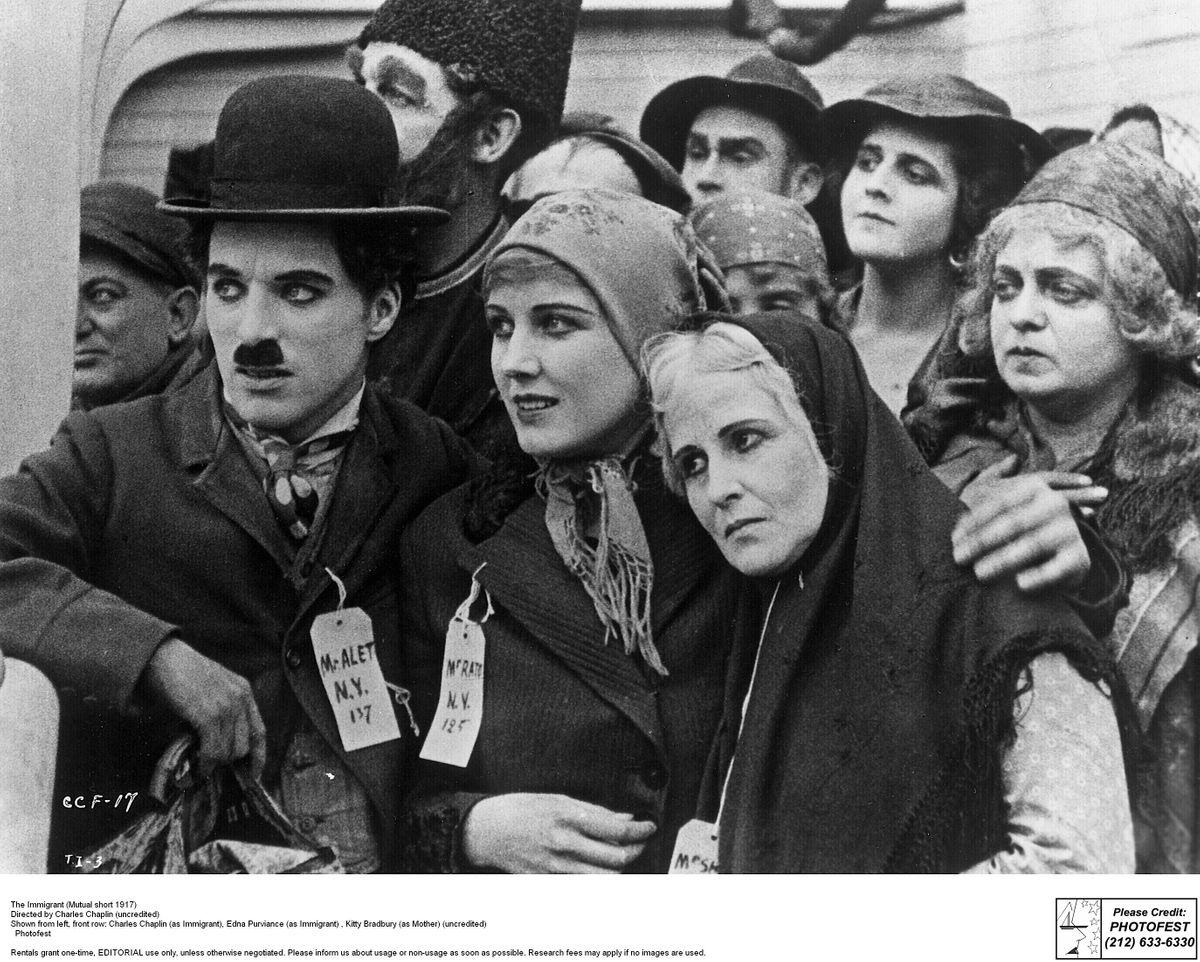
About this Event
This April, the Art of the Benshi 2024 World Tour offers audiences a rare opportunity to experience the mesmerizing artistry of three of Japan’s celebrated benshi—“movie orators” who, since the days of Thomas Edison’s Kinetoscope, have been breathing life into silent film. Joined by an ensemble of musicians from Japan, these masters of their art will transport viewers back to the golden age of silent film, when every movie screening was also a live performance.
The Dull Sword (Namakura gatana)
An overly-confident samurai looks for unsuspecting victims on which to try out his new sword but neither his targets nor his weapon prove willing to play along. The Dull Sword is the oldest known surviving example of moving image anime, simply drawn but highly expressive in its satirical take on period genre conventions. So that audiences can experience more directly how a benshi’s specific style can influence a film, The Dull Sword will be repeated over the course of this series with a different benshi narrating each time. DCP courtesy of the National Film Archive of Japan. (Dir: Kōchi Junichi, Japan, 1917, 5 min., DCP, silent, tinted)
Not Blood Relations (Nasanu naka)
Based on a contemporary set novel by Yanagawa Shun'yo, Not Blood Relations was adapted to the Japanese stage with multiple film versions to follow, including director Mikio Naruse take in 1932. Director Inoue Masao also stars in this 1916 adaption which follows the destruction of a businessman and his family as mounting scandals reawaken lingering hatreds and induce new crimes. This surviving fragment features three sequences from the original film, including its denouement. (Dir.: Inoue Masao, Japan, 1916, 12 min., DCP, b&w, silent, intertitles in Japanese with English subtitles
The Immigrant
One of seven films written and directed by Charlie Chaplin on the National Film Registry, The Immigrant follows the Tramp’s delightfully slapstick comic misadventures from the deck of a steamship sailing by the Statue of Liberty to the streets of America where penury and romance follow in short order. Working with essential onscreen collaborators Edna Purviance and Eric Campbell, Chaplin reworked the storyline and gags on the fly during production to craft this iconic comedy. (Dir.: Charlie Chaplin, United States, 1917, 24 min., DCP, b&w, silent)
The Oath of the Sword
The rediscovery of The Oath of the Sword in 2016 and its subsequent restoration by the Japanese American National Museum and George Eastman Museum brought a lost film back to the screen and illuminated a long overlooked facet of early film history. A tragic tale of ambition and love betrayed, it was produced by a Los Angeles-based company founded by Japanese immigrants and featured Japanese actors in the lead roles, making it the earliest known Asian American film production. Restored by the Japanese American National Museum and George Eastman Museum. Funded by the National Film Preservation Foundation. Digital restoration from a 35mm nitrate print and 35mm safety negative from the George Eastman Museum collection was done at Eastman Museum Film Preservation Services and at Colorlab. DCP courtesy of George Eastman Museum. (Dir.: Frank Shaw, United States, 1914, 31 min., DCP, tinted, silent)
The Vindictive Snake (Shūnen no dokuja)
A vengeful ghost takes center stage in this rarely seen, early Japanese horror film shot in Okinawa and Hawaii. An immigrant story gone wrong, it stars Okinawan native Seizen Toguchi, who also wrote the script, as a husband who emigrates with his wife from Okinawa to Oahu where they find work on a sugarcane plantation. When she contracts leprosy, he abandons her and flees back to Japan only to be driven mad, years later, by her spirit, transformed into the serpent of the title. A seminal genre work with roots in Okinawan folklore, The Vindictive Snake is the oldest known narrative film shot in Okinawa. (Dir.: Jirō Yoshino, Japan, 1932, 71 min., DCP, tinted, silent)
Event Venue & Nearby Stays
Meyer Auditorium, Freer Gallery of Art, Washington, United States
USD 0.00
